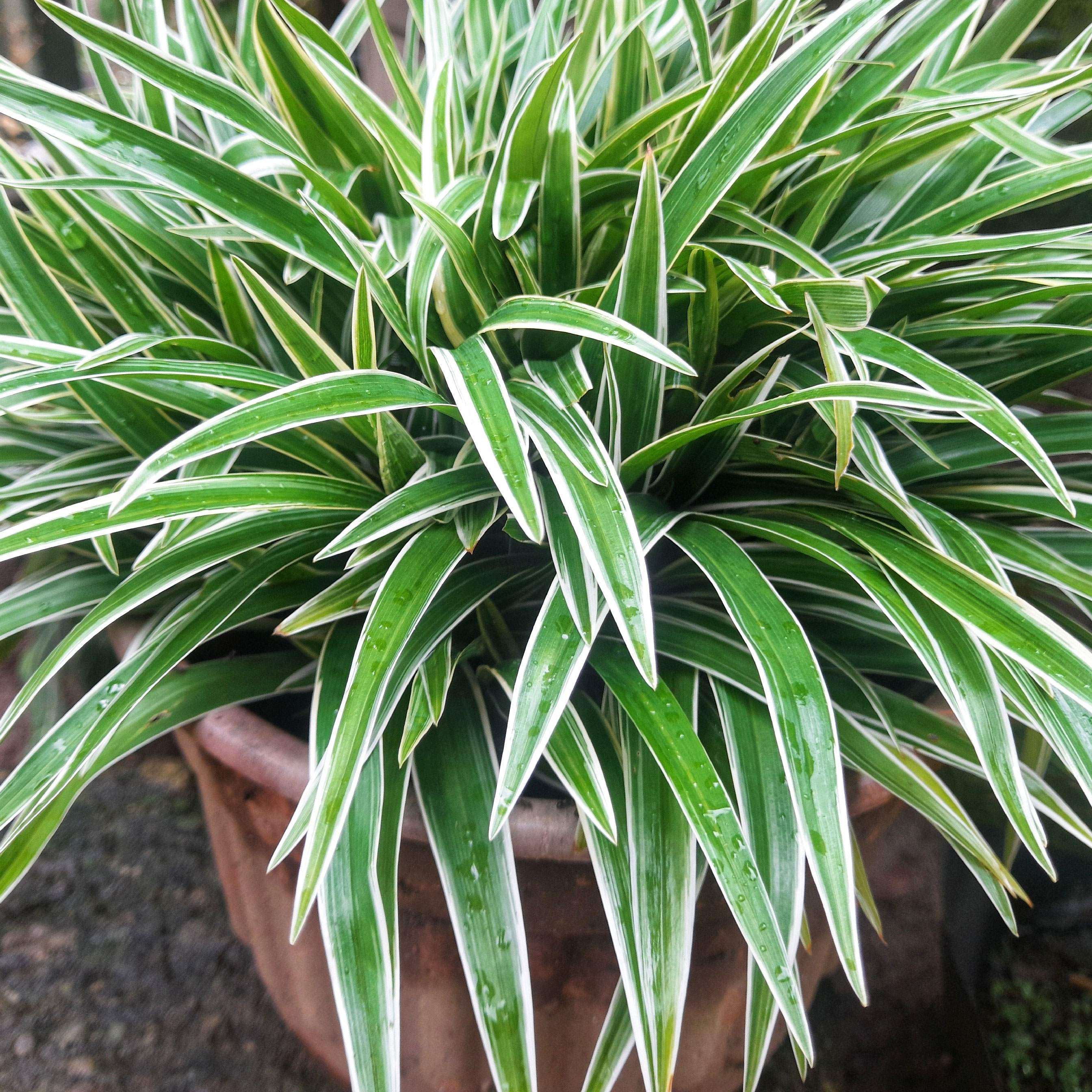Propagating Torenia (Wishbone Flower) from Cuttings
Sarah Pryor tasted her very own garden fresh carrot as a little girl, and she has been chasing the thrill of growing fresh produce ever since. She shares her planting tips, frugal projects, and canning madness on her blog, Coffee to Compost.
Summers can be so hard on flowering plants. Torenia continues to bloom heartily, even in hot and humid summers. It is easy to propagate too. The technique of rooting in water is a simple propagation technique that ensures enough moisture gets to the stems, and lets one check the progress without digging!
First, cleanly clip some cuttings. Cuttings at least 6 inches long are best. Remove the leaves that will be below the water line. Leaves submerged in the water will rot and pollute the water. If possible, have a node at the bottom of the stem. Roots usually come from nodes (spots from which branches or leaves grow) first. Some also remove flowers and buds; but torenia will root, even with buds.

Soon white roots will begin to grow.
Once they have a good start on a root system, they can be planted in a pot of homemade compost or potting soil. Harden off the wishbone flower for a few days by keeping it watered and shaded, then plant. Other plants that can be propagated using this method include basil, oregano, coleus, sweet potato, and tomato.
For more information on the wishbone flower plant, please visit Gardening Know How! Save Save
Gardening tips, videos, info and more delivered right to your inbox!
Sign up for the Gardening Know How newsletter today and receive a free copy of our e-book "How to Grow Delicious Tomatoes".
-
 Best Soil Tor Tomatoes: How To Cultivate The Perfect Blend & Add Amendments For A Bountiful Harvest
Best Soil Tor Tomatoes: How To Cultivate The Perfect Blend & Add Amendments For A Bountiful HarvestGive your tomato plants the foundation they need. Learn how to mix the ideal soil and choose the right amendments for your most abundant harvest yet.
By Amy Grant
-
 Want To Know How To Make A Spider Plant Bushier? 4 Secrets For Lush & Bushy Spiders
Want To Know How To Make A Spider Plant Bushier? 4 Secrets For Lush & Bushy SpidersAre you looking for ways to make your spider plant look bigger or more dramatic? Follow these quick and easy tips on how to make a spider plant bushier
By Teo Spengler